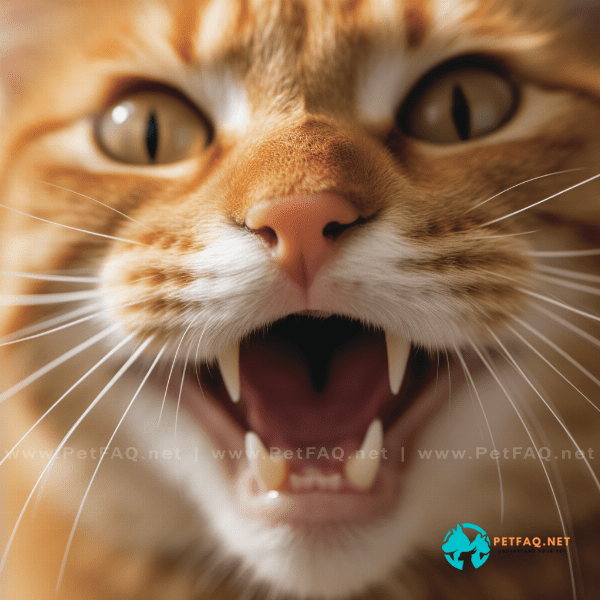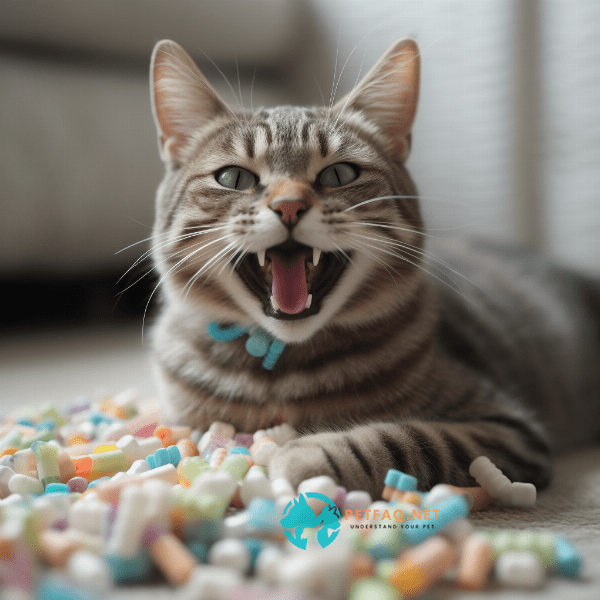Table of Contents
- Introduction: The Importance of Understanding Feline Dental Anatomy
- Feline Tooth Types: Canine Teeth and Their Functions
- The Unique Structure of Cat Canine Teeth: Shape, Size, and Placement
- Dental Health in Cats: Common Issues Affecting Canine Teeth
- Diagnosing and Treating Canine Teeth Problems in Cats
- Preventing Dental Problems in Cats: Tips for Maintaining Healthy Canine Teeth
- The Role of Diet in Feline Dental Health: Choosing the Right Food for Strong Teeth
- Understanding Feline Oral Hygiene: Brushing, Cleaning, and More
- Conclusion: Keeping Your Cat’s Teeth Healthy and Strong.
Introduction: The Importance of Understanding Feline Dental Anatomy
As a cat owner, understanding your pet’s dental anatomy is crucial for their overall health and well-being. While many pet owners focus on their cat’s diet and exercise routine, dental health is often overlooked. Dental problems in cats can lead to pain, discomfort, and even more serious health issues.
The Link Between Feline Dental Health and Overall Health
Dental problems can affect a cat’s overall health in many ways. For instance, dental pain can make it difficult for cats to eat, which can lead to malnutrition and other related health issues. Furthermore, untreated dental problems can result in infections that can spread to other parts of the body, including the heart, kidneys, and liver.
The Role of Cat Canine Teeth in Feline Dental Health
One of the most important aspects of feline dental anatomy is the Cat canine teeth. These are the long, pointed teeth located at the front of a cat’s mouth, which are used for grasping and tearing food. Unlike other teeth, cat canine teeth are designed to be strong and durable, making them crucial for a cat’s ability to eat and digest food properly.
The Importance of Regular Dental Check-ups
Regular dental check-ups are crucial for maintaining your cat’s oral health, particularly when it comes to their cat canine teeth. During these check-ups, your veterinarian will examine your cat’s teeth and gums, looking for signs of decay, infection, or other issues. Early detection and treatment of dental problems can help prevent serious health issues down the road.
In conclusion, understanding feline dental anatomy, particularly the unique structure of cat canine teeth, is essential for maintaining your cat’s overall health and well-being. By recognizing the importance of regular dental check-ups and taking steps to promote good dental hygiene, you can help ensure that your cat’s teeth remain strong and healthy throughout their life.
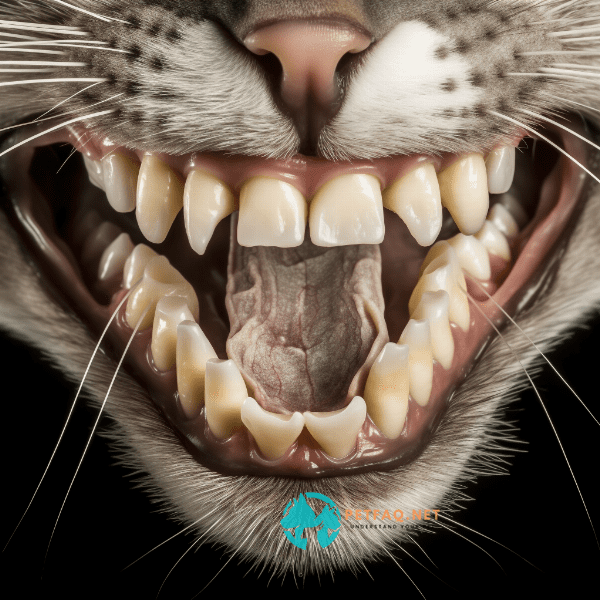
Feline Tooth Types: Canine Teeth and Their Functions
Understanding the different types of teeth in a cat’s mouth, including the cat canine teeth, can help you better understand their unique dental needs.
Types of Teeth in a Cat’s Mouth
Cats have four different types of teeth in their mouth: incisors, canines, premolars, and molars. Each type of tooth serves a specific purpose in the process of eating and digesting food.
The Functions of Cat Canine Teeth
Cat canine teeth, also known as “fangs,” are the most recognizable teeth in a cat’s mouth. They are long, pointed teeth that are used for grasping and tearing food. In addition to their role in eating, cat canine teeth also play a role in social behavior, such as in aggressive or defensive encounters.
The Importance of Strong and Healthy Cat Canine Teeth
The strength and health of a cat’s canine teeth are crucial for their overall dental health. These teeth are subjected to a significant amount of wear and tear, as they are used for a variety of tasks, from eating to playing. A cat with weak or damaged canine teeth may have difficulty eating and may experience pain and discomfort.
In conclusion, cat canine teeth play an essential role in a cat’s dental and overall health. Understanding their function and importance can help you better care for your cat’s teeth and recognize any potential dental issues that may arise. Regular dental check-ups and good dental hygiene can help keep your cat’s teeth, including their cat canine teeth, strong and healthy.
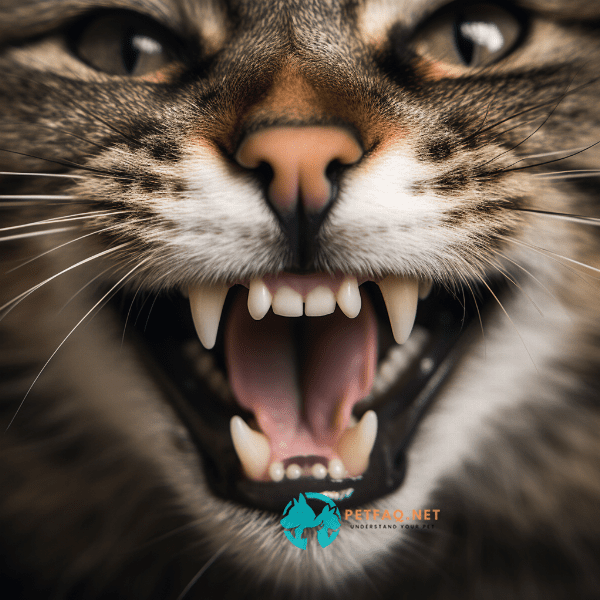
The Unique Structure of Cat Canine Teeth: Shape, Size, and Placement
Cat canine teeth have a unique structure that sets them apart from the other teeth in a cat’s mouth. Understanding the shape, size, and placement of these teeth can help you better care for your cat’s dental health.
The Shape of Cat Canine Teeth
Cat canine teeth are long and pointed, with a curved shape that helps them grip and tear food. Unlike other teeth, which are relatively straight, cat canine teeth are angled slightly backward, which allows them to penetrate and hold onto prey.
The Size of Cat Canine Teeth
Cat canine teeth are longer and thicker than other teeth in a cat’s mouth, reflecting their importance in the process of hunting and eating. In some cases, the size of a cat’s canine teeth can even be an indicator of their age or gender.
The Placement of Cat Canine Teeth
Cat canine teeth are located at the front of a cat’s mouth, next to their incisors. Their position allows them to effectively grasp and hold onto prey while hunting. Additionally, the position of cat canine teeth can play a role in a cat’s social behavior, as they may be used to communicate aggression or fear.
In conclusion, understanding the unique structure of cat canine teeth, including their shape, size, and placement, can help you better understand their function and importance in a cat’s dental and overall health. Proper dental hygiene and regular dental check-ups can help ensure that your cat’s teeth, including their cat canine teeth, remain strong and healthy throughout their life.
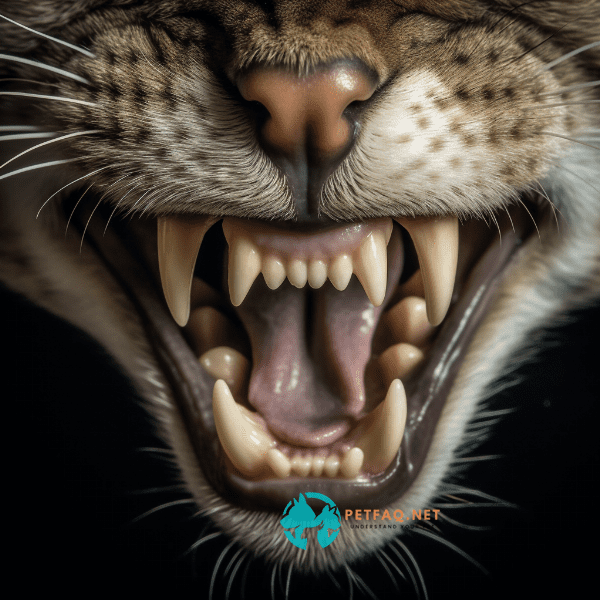
Dental Health in Cats: Common Issues Affecting Canine Teeth
Like humans, cats can experience a range of dental problems throughout their lives, including issues affecting their cat canine teeth. Understanding the common dental issues that can affect cats can help you recognize the signs of a problem and seek treatment promptly.
Dental Problems Affecting Cat Canine Teeth
Cat canine teeth can be subject to a range of dental problems, including periodontal disease, tooth decay, and dental fractures. These issues can lead to pain, discomfort, and difficulty eating. In some cases, untreated dental problems can even result in the loss of the affected tooth or teeth.
Signs of Dental Problems in Cats
Recognizing the signs of dental problems in cats can be challenging, as cats are often adept at hiding signs of pain or discomfort. However, some common signs of dental problems in cats include difficulty eating, drooling, bad breath, and changes in behavior or mood. If you notice any of these signs in your cat, it’s important to seek veterinary care as soon as possible.
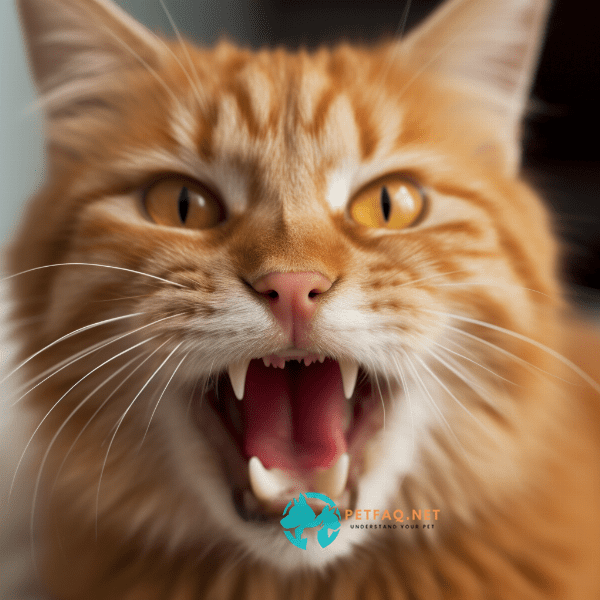
Diagnosing and Treating Canine Teeth Problems in Cats
If your cat is experiencing dental problems, including issues with their cat canine teeth, prompt diagnosis and treatment are crucial for a successful outcome. Here’s what you need to know about diagnosing and treating dental problems in cats.
Diagnosing Dental Problems in Cats
Diagnosing dental problems in cats can be challenging, as many cats are adept at hiding signs of pain or discomfort. However, your veterinarian may be able to detect dental issues during a routine dental check-up. Additionally, dental X-rays can help identify issues that may not be visible to the naked eye.
Treating Dental Problems in Cats
The treatment for dental problems in cats depends on the specific issue. In some cases, such as in the case of a dental fracture or tooth decay, the affected tooth may need to be extracted. Other treatment options may include dental cleaning, scaling and polishing, or antibiotics to treat an infection.
Caring for Your Cat After Dental Treatment
After your cat receives dental treatment, it’s important to follow your veterinarian’s instructions for care at home. This may include feeding a soft diet for a period of time, administering medication as prescribed, or providing additional dental hygiene care, such as brushing or cleaning your cat’s teeth.
In conclusion, prompt diagnosis and treatment are essential when it comes to addressing dental problems in cats, including issues affecting their cat canine teeth. Regular dental check-ups and good dental hygiene can help prevent dental issues from developing in the first place. If you suspect your cat is experiencing dental problems, seek veterinary care as soon as possible to ensure the best outcome for your pet.
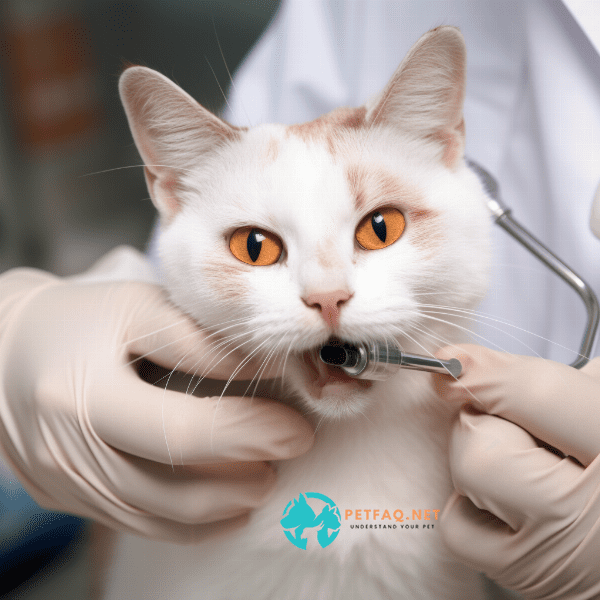
Preventing Dental Problems in Cats: Tips for Maintaining Healthy Canine Teeth
Prevention is key when it comes to maintaining your cat’s dental health, including their cat canine teeth. Here are some tips for preventing dental problems in cats and promoting healthy teeth.
Practice Good Dental Hygiene
Regular dental hygiene is essential for preventing dental problems in cats. Brushing your cat’s teeth regularly can help remove plaque and tartar buildup, which can contribute to dental issues. Additionally, providing your cat with appropriate chew toys can help promote healthy teeth and gums.
Feed a Healthy Diet
Providing your cat with a healthy diet can help promote strong and healthy teeth, including their cat canine teeth. Look for cat food that is formulated to promote dental health, such as kibble that helps remove plaque and tartar. Additionally, avoid feeding your cat foods that are high in sugar, as this can contribute to tooth decay.
Schedule Regular Dental Check-ups
In conclusion, maintaining your cat’s dental health is essential for their overall well-being, including their cat canine teeth. By practicing good dental hygiene, feeding a healthy diet, and scheduling regular dental check-ups, you can help ensure that your cat’s teeth remain strong and healthy throughout their life.
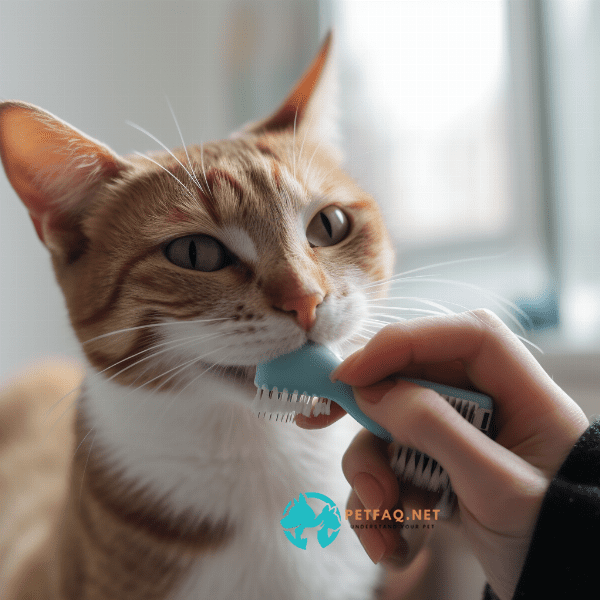
The Role of Diet in Feline Dental Health: Choosing the Right Food for Strong Teeth
A healthy diet plays a crucial role in maintaining your cat’s overall health, including their dental health and their cat canine teeth. Here’s what you need to know about choosing the right food for strong and healthy teeth in cats.
The Link Between Diet and Dental Health
Your cat’s diet can have a significant impact on their dental health. Feeding your cat a diet that is high in sugar or carbohydrates can contribute to the development of plaque and tartar, which can lead to tooth decay and gum disease. Conversely, providing your cat with a diet that promotes dental health can help prevent these issues from developing.
Choosing the Right Food for Strong Teeth
When choosing food for your cat, look for options that are specifically formulated to promote dental health. Many cat foods now include ingredients that help remove plaque and tartar, such as kibble that is designed to scrape teeth as your cat chews. Additionally, providing your cat with appropriate chew toys can help promote strong and healthy teeth.
Other Considerations for Feeding Your Cat
In addition to promoting dental health, your cat’s diet should also be balanced and nutritious. Look for cat food that provides a balance of protein, fat, and carbohydrates, as well as essential vitamins and minerals. Additionally, avoid feeding your cat table scraps or human food, as this can contribute to obesity and other health issues.
In conclusion, choosing the right food for your cat plays a crucial role in maintaining their dental health, including their cat canine teeth. By feeding your cat a diet that promotes dental health and providing appropriate chew toys, you can help ensure that your cat’s teeth remain strong and healthy throughout their life.

Understanding Feline Oral Hygiene: Brushing, Cleaning, and More
Maintaining good oral hygiene is essential for your cat’s overall health, including their cat canine teeth. Here’s what you need to know about feline oral hygiene, including brushing, cleaning, and more.
Brushing Your Cat’s Teeth
Regular brushing is one of the most effective ways to promote good oral hygiene in cats, including their cat canine teeth. Use a soft-bristled toothbrush and a toothpaste that is specifically formulated for cats, and gently brush your cat’s teeth and gums. Start slowly, and gradually increase the length of each session over time.
Dental Cleaning and Scaling
In some cases, your veterinarian may recommend a professional dental cleaning or scaling for your cat. During these procedures, your veterinarian will remove plaque and tartar buildup from your cat’s teeth, as well as address any other dental issues that may be present.
Providing Appropriate Chew Toys
Providing your cat with appropriate chew toys can also help promote good oral hygiene, including the health of their cat canine teeth. Look for toys that are designed to promote dental health, such as toys that help remove plaque and tartar or toys that are made from materials that are safe for your cat to chew.
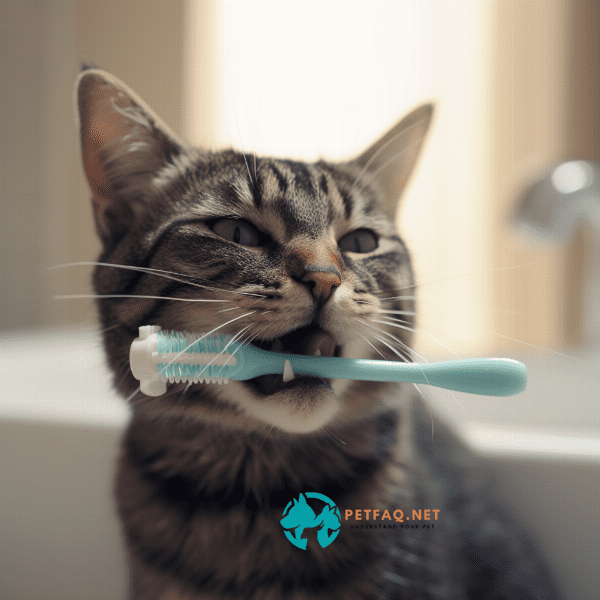
Conclusion: Keeping Your Cat’s Teeth Healthy and Strong.
Maintaining your cat’s dental health, including their cat canine teeth, is crucial for their overall well-being. Here are some key takeaways for keeping your cat’s teeth healthy and strong.
Understanding Feline Dental Anatomy
Understanding the unique structure of cat canine teeth, including their shape, size, and placement, can help you better understand their function and importance in a cat’s dental and overall health.
Recognizing and Treating Dental Problems in Cats
Recognizing the signs of dental problems in cats and seeking prompt veterinary care when necessary is essential for maintaining your cat’s dental health, including their cat canine teeth. Treatment options for dental problems in cats may include dental cleaning, scaling and polishing, antibiotics, or tooth extraction.
In conclusion, maintaining your cat’s dental health, including their cat canine teeth, requires a combination of good dental hygiene, a healthy diet, and regular veterinary care. By taking steps to prevent dental problems and addressing issues promptly when they arise, you can help ensure that your cat’s teeth remain healthy and strong throughout their life.
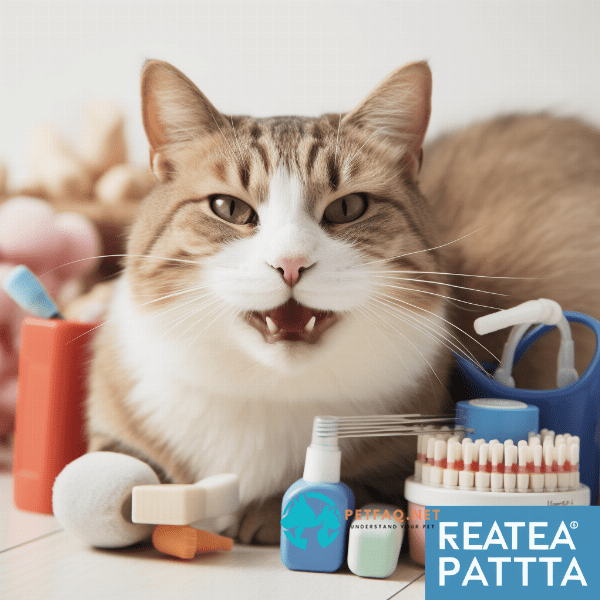
Frequently Asked Questions (FAQs) about cat canine teeth:
1. Are cat canine teeth more important for hunting or for defense?2. How long are cat canine teeth compared to other teeth in their mouth?
3. Do all cats have the same size and shape of canine teeth?
4. What are some signs that a cat may have dental problems with their canine teeth?
5. What are cat canine teeth and where are they located in the mouth?


